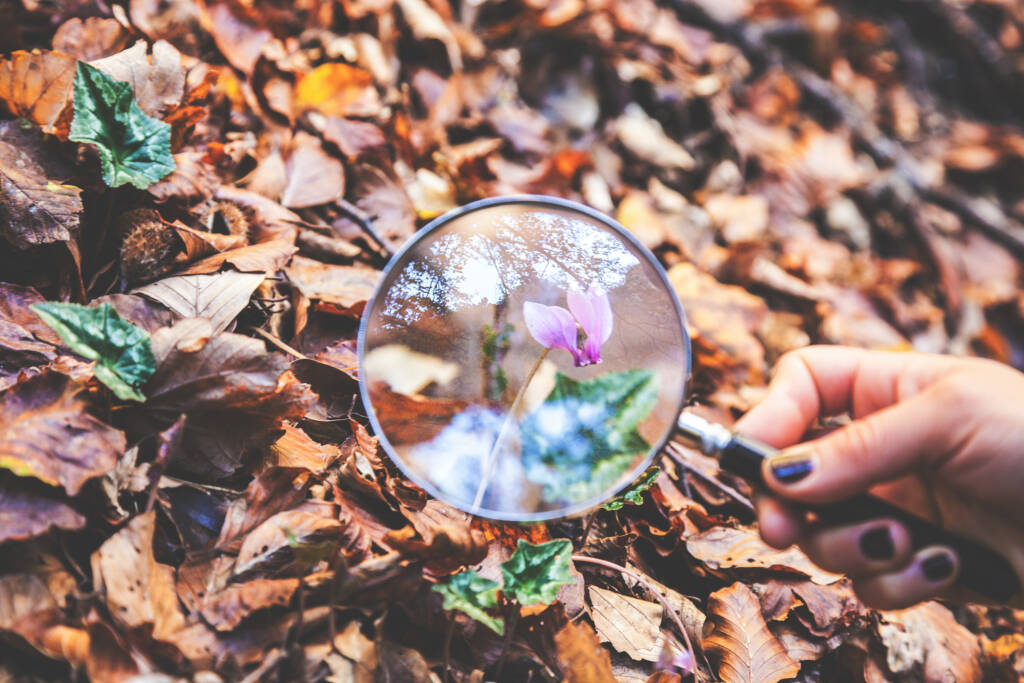
Elementary Science Grade 3

The Elementary Science at VLACS helps students develop a strong foundation in various sciences such as Earth Science, Life Science, and Physical Science. Students will learn through hands-on activities and will be encouraged to ask questions, solve problems, conduct experiments, analyze data, use technology and math skills, explain their findings, design solutions, and communicate their results. The courses are designed to engage students in learning and encourage them to explore, explain, elaborate, and evaluate their understanding. This approach will help students gain a better understanding of the world around them by building on their own experiences and new ideas.
Please view the Elementary Parents Guide for Grades 3-5 with guidance on helping your student transition to online learning and thrive at VLACS.
Major Topics and Concepts
Segment One
Forms of Energy: Motion and Gravity
Water and Heat
Light
Segment Two
Objects in the Sky: The Sun and Stars
Plants: Classification, Structures, Functions, Responses, and Adaptations
Animals: Classification and Adaptations
Course Materials
To achieve success, students are expected to submit work in each course weekly. Students can learn at their own pace; however, “any pace” still means that students must make progress in the course every week. To measure learning, students complete self-checks, practice lessons, multiple choice questions, projects, discussion-based assessments, and discussions. Students and families are expected to maintain regular contact with teachers because, when teachers, students, and parents work together, students are successful.
Required Materials – Please view the list of materials before registering.
Competencies
Energy and Gravity
I can explain forms of energy. I can describe the process of energy causing motion. I can make predictions based on observations. I can describe the Law of Gravity.
Light
I can describe sources of light energy. I can describe examples of light being reflected. I can describe examples of light being refracted. I can describe examples of light being absorbed. I can describe objects that produce both light and heat.
Matter
I can explain mass. I can describe physical properties of matter. I can describe physical properties of matter. I can analyze the temperature using a thermometer. I can compare the temperatures of liquids and solids.
Water and Heat
I can identify the three states of matter. I can describe the properties of each state of water. I can explain the process of water changing state. I can explain the process of generating heat when two objects rub together.
Animals
I can describe animals' physical characteristics. I can describe animals' response to different seasons. I can categorize animals into major groups.
Plants
I can explain the needs of plants to grow. I can describe the role of leaves, stems, and roots in plants. I can compare the structures of flowering and non-flowering plants. I can explain plants' response to heat. I can explain plants' response to light. I can explain plants' response to gravity. I can explain plants' response to different seasons.
Sun and Stars
I can explain the steps to the Scientific Method. I can explain the star's appearance as points of light. I can predict the impacts of the absence of the sun. I can explain radiant energy from the sun can heat objects.

